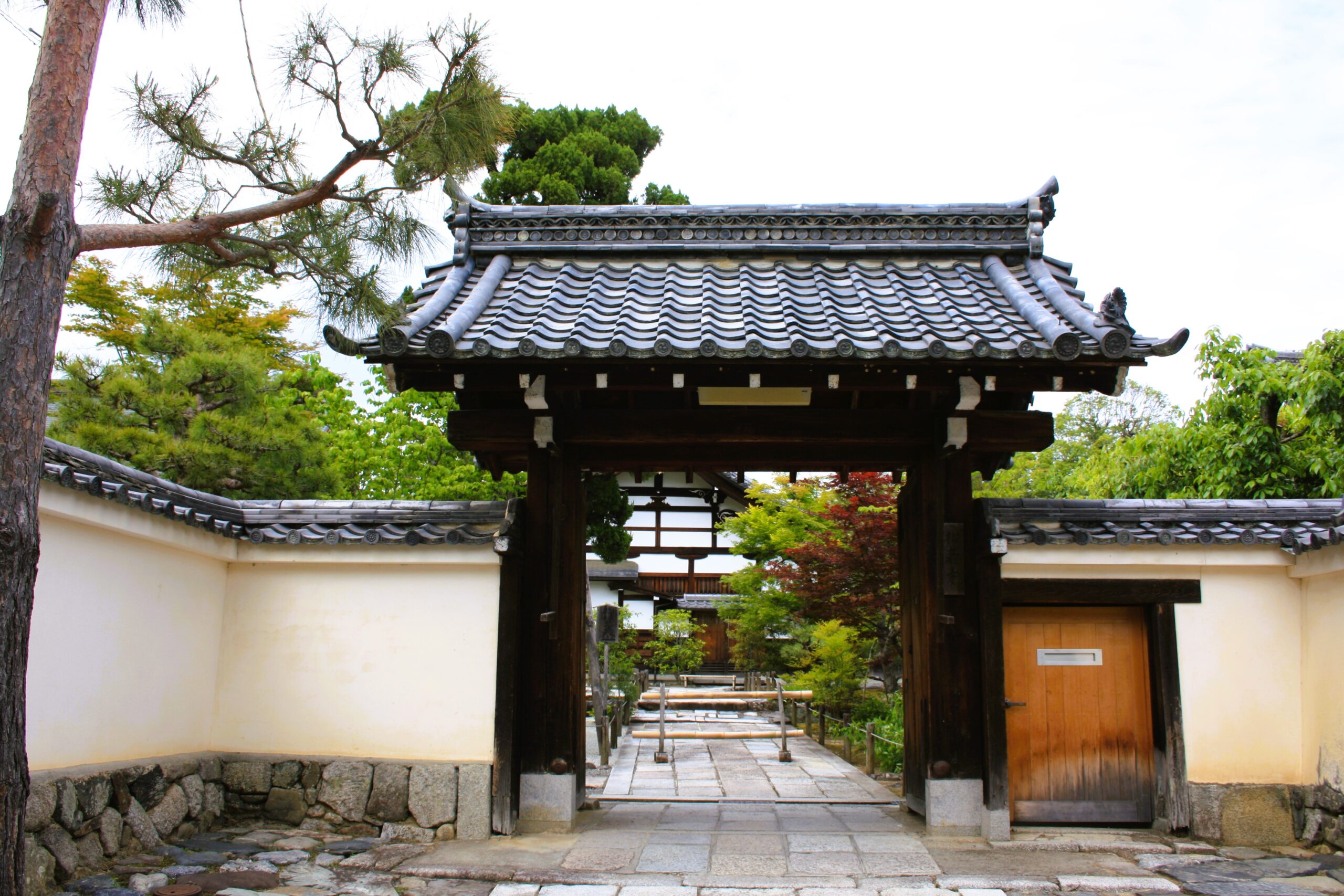Planning a trip to Japan? That is very exciting! Japan is one of the most amazing countries you can visit and it has so much to offer.
Choosing the right time to visit can make all the difference in your travel experience. With its diverse seasons, vibrant festivals, and unique cultural events, Japan offers something for every traveller year-round.
In this comprehensive guide, we’ll explore the best times to visit Japan, including the pros and cons of each season, tips to avoid peak tourist crowds, and recommendations for the absolute best time to experience all that Japan has to offer.

Planning a trip to Japan?
Check out the Japan Travel Guide for everything you need for a trip of a lifetime!
✓ Self-guided car-free adventures
✓ Planning done for you
Understanding Japan’s Seasons:
Japan experiences four distinct seasons (like the UK), so it’s definitely important to know when they are to match what you plan to do there.
Spring (March to May)
Spring is one of the most popular times to visit Japan, thanks to the iconic cherry blossoms (sakura) that blanket the country in a sea of pink and white.
The weather is mild, making it ideal for outdoor activities such as hanami (cherry blossom viewing), hiking, and exploring historic sites.
However, spring is also peak tourist season, so be prepared for large crowds and higher prices for accommodations and transportation.

Summer (June to August)
Summer in Japan is hot and humid, with temperatures often exceeding 30°C (86°F).
June to August is considered off-peak season for tourism, so you may find fewer crowds and lower prices for accommodations.
While summer is a great time to enjoy outdoor festivals, fireworks displays, and beach activities, it’s also typhoon season, which can disrupt travel plans and cause transportation delays.
Autumn (September to November)
Autumn is a beautiful time to visit Japan, with cooler temperatures and stunning foliage colours (koyo) painting the landscape in shades of red, orange, and yellow.
This season is perfect for hiking, exploring scenic parks and gardens, and indulging in seasonal delicacies such as chestnuts and sweet potatoes.
However, autumn is also a popular time for domestic tourism, especially during the peak foliage season, so expect crowds at popular attractions.
Winter (December to February)
Winter in Japan is cold and snowy in the northern regions, while southern areas enjoy milder temperatures.
December to February is the perfect time to experience Japan’s ski resorts, hot springs (onsen), and winter festivals such as the Sapporo Snow Festival and the Otaru Snow Light Path Festival. In the snowy Hida mountains, you might even spot Japanese macaques warming up with a swim in the hot springs – what could be cuter!
However, winter is also a peak travel season for international visitors, so expect higher prices for accommodations and transportation, especially around the New Year holiday.

Avoiding Peak Tourist Crowds:
One of the biggest challenges for travellers visiting Japan is navigating the crowds, especially during peak tourist seasons and major holidays.
Golden Week, a series of consecutive national holidays in late April to early May, is one of the busiest times to visit Japan, with millions of Japanese travellers hitting the road and popular tourist destinations experiencing overcrowding.
You absolutely can visit Japan during Golden Week (we did!) but it is crazy busy and queues will be ten times as long (so we don’t recommend it).
To avoid the crowds, consider visiting Japan during the shoulder seasons of early spring (before cherry blossom season), late autumn (after peak foliage season), or late winter (after the New Year holiday).
Alternatively, explore off-the-beaten-path destinations or less touristy areas of Japan to experience the country’s hidden gems without the crowds.
Open Season
For anyone looking for a taste of Japan’s mountains, make sure you line up your visit with Kamikochi National Park’s open season.
The national park, nestled in the Hida Mountains, is a picturesque valley known for its pristine rivers, lush forests, wildlife (you could spot macaques and black bears) and breathtaking mountain scenery.
The tunnel into the valley (the only road entrance) is typically open from mid-April to mid-November.
If you’re planning to visit Kamikochi, aim for late spring to early autumn, when the park is at its most accessible and the weather is ideal for outdoor activities.

The Absolute Best Time to Visit Japan
While every season has its own charms, many travellers consider the best time to visit Japan to be during the autumn months of late October to early November.
During this time, you can experience the breath-taking beauty of autumn foliage, enjoy mild temperatures, and participate in cultural events such as the Jidai Matsuri (Festival of Ages) in Kyoto and the Kanazawa Castle Park Autumn Festival.
Additionally, visiting Japan in late autumn allows you to avoid the peak tourist crowds of spring and summer while still enjoying comfortable weather and stunning scenery.
If you’re planning your trip to Japan, check out our Japan Travel Guide.
The concise guide includes everything you need to know for a self-guided adventure in the Japan including the must-see destinations like Tokyo, Kyoto and Hiroshima, as well as the opportunity to get off the beaten track (such as in Kamikochi National Park, mentioned in this blog post).
When do you think the best time to visit Japan is? Let us know in the comments!

